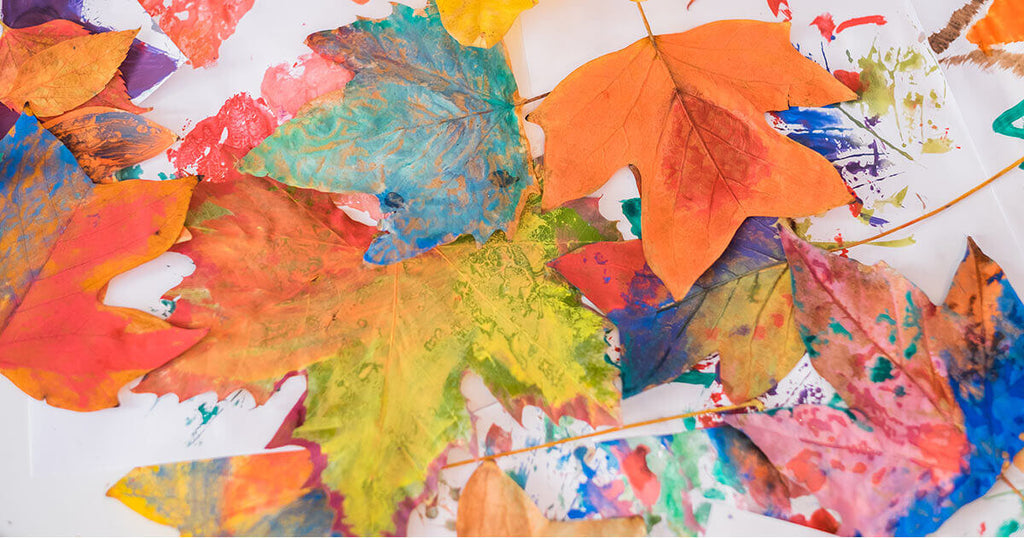Learn the Difference Between STEM and STEAM
Posted by VALENTINA PAN

For a very long time, educators and parents have been focused on promoting STEM education and discussing the potential benefits it could bring to kids’ growth and development in many ways. However, according to researchers, it’s time to incorporate art into STEM concepts and encourage STEAM education.
What on earth is STEAM, anyway? Most of us know that STEM stands for Science, Technology, Engineering, and Math, and STEAM is the acronym after adding the Arts. One early founder, Georgette Yakman, refers to STEAM as “Science and Technology, interpreted through Engineering and the Arts, all based in elements of Mathematics.”
The difference between these two concepts is more significant than you probably think. In a nutshell, the conventional STEM education model emphasizes the exploration of these four fields but does not teach students the critical process of creativity and innovation that should always work in tandem with STEM to solve problems.
By studying the arts–humanities, language arts, dance, music, visual arts, design, and so much more–students are encouraged to think outside the box and gain innovative ways to look at things. In addition, many studies have shown that students involved in the arts score higher on math and reading tests than students without exposure to the arts.
Having realized the importance of studying the arts, educators find it’s a bit hard to make that happen in STEM education in an authentic way. On the one hand, some STEM supporters state that STEAM education dilutes the core focus of STEM. On the other hand, STEAM supporters explain that promoting STEAM is about incorporating the arts into the core STEM subjects to maximize student benefits. The question comes down to this: how do the arts naturally fit into the STEM field?
Coding robots like the Neuron Artist Kit may have provided a promising solution. As the name describes, the Kit aims to combine programming education for kids and nurture their artistic senses. The Neuron Artist Kit includes eight electronic blocks (sound sensor, LED panel, ranging sensor, and more) and six cardboard templates. With these materials, children can easily create several fun objects, like a ukulele, a xylophone, a cloud lantern, an infinity band, an LED sword, and a magical drum. Children can get hands-on experience with both coding and creating music. More importantly, they explore the possibilities of integrating art with STEM and navigating their way through STEAM.
Science and art are not exclusive of each other. Instead, they can be complementary, eventually benefiting people willing to get in touch with both sides.

